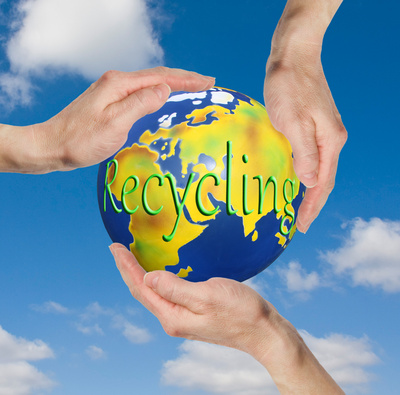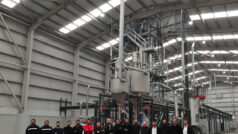‘Virtuous Circle’ is a joint effort by relief and development charity organisation Tearfund and the Institute of Development Studies. The report have used various case studies from Brazil, Ghana, Kenya and India to explain the potential of how circular economy business models can increase productivity and economic growth, improve quality and quantity of employment, and reduce water and air pollution.
Among the many referred case studies, a 2015 report from research organisation The Club of Rome identifies policy measures that would allow the EU nations to cut the continent’s emissions by as much as 70% by 2030. The study examined three circular economy strategies: renewable energy, material efficiency, and energy efficiency, which emphasizes eco-based infrastructure design, emissions trading, renewable energy policies, strengthening targets for recycling, reuse and resource efficiency, and – importantly – a general shift in attitude towards reuse, repair and maintenance.
Also, the authors of this report state that if used correctly, organic waste can be a profitable source of renewable energy and fertilizer. Moreover, they emphasise the use of circular economy as an alternative growth model which could help achieve the Sustainable Development Goals (SDGs) and help save lives.
‘Virtuous Circle’ advises governments in low- and middle-income countries to improve public waste management policy, support emerging remanufacturing and repair industries, and reconsider the present policies to remove inhibitions for circular models. It also encourages wealthy nations to put in efforts to support low- and middle-income countries’ transition, set tougher and safer design standards, develop finance opportunities, and invest in more research.










